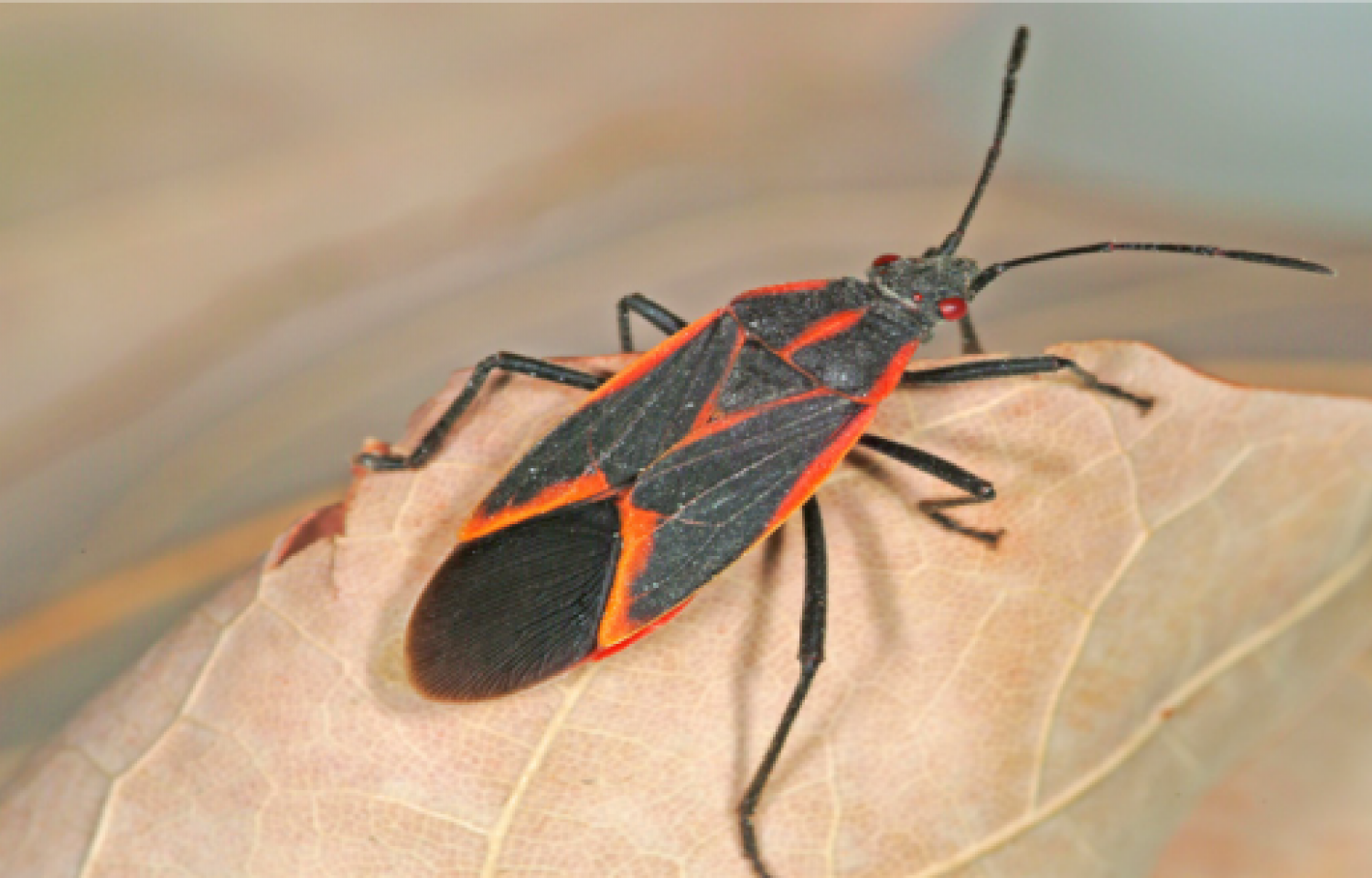

The best way to reduce boxelders in your homes is to destroy any colonies you may find nearby. Boxelder seeds are their main diet after they emerge before mating. They’ll come out of hiding in the spring when the weather is warmer. There’s five stages nymph go through as they become more red as adults.īoxelder bugs survive the winter beneath tree bark, in plant debris or in homes. They appear as yellow clusters that redden as the nymph develops. Eggs are found on leaves, seed pods, in ground vegetation. Insects are about ½ an inch long with dark wings across its back. The first stirpe centred behind its head, the remaining two run along its body. Most adult boxelder bugs are black with three distinct orange or red stripes. Apart from an odour released after squishing or killing. They can come into your home by the thousands, but don’t emit any major harm. When cold weather approaches boxelder bugs search for a warm place to live. Essentially boxelder bugs feast on plantation such as apples, peaches, grapes, strawberries, plums and non-fruiting trees like maple and ash.

The insect does not do any structural damage to your home, but become a nuisance when there’s huge populations flocking into your basement or living areas. They can result in an uncleanly home or environment.īoxelder bugs are named after the boxelder tree, their primary host. The pure amount of them is enough to annoy any home owner. No more prominent than the orange and black striped boxelder bug. The fall weather can bring tons of bugs to your home.


 0 kommentar(er)
0 kommentar(er)
